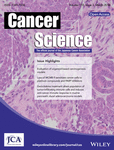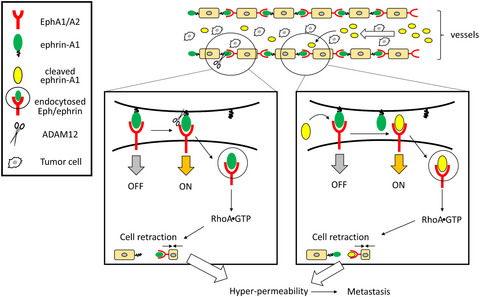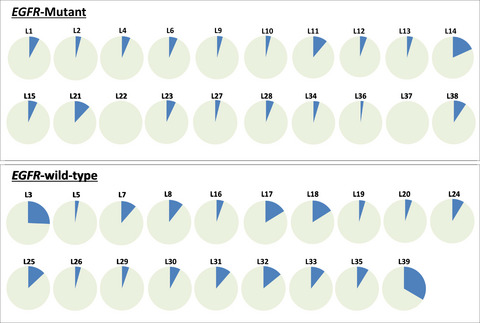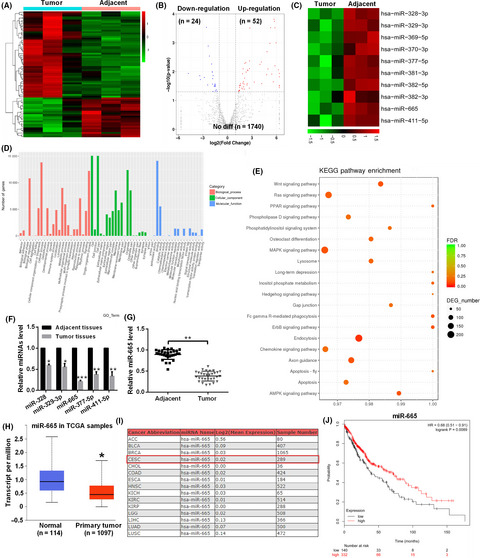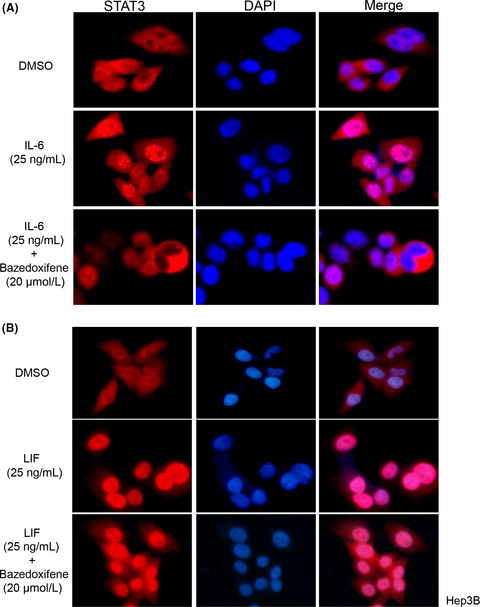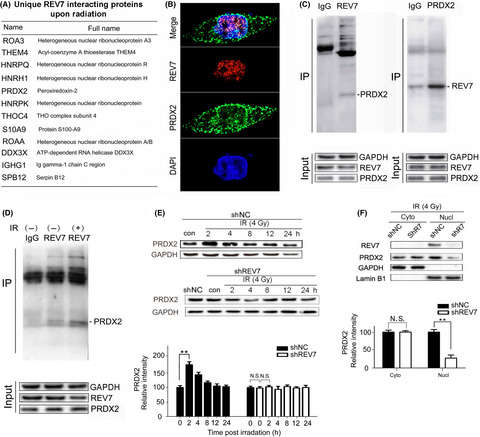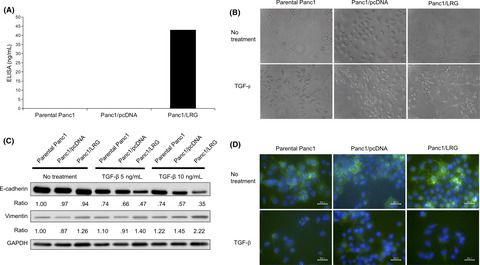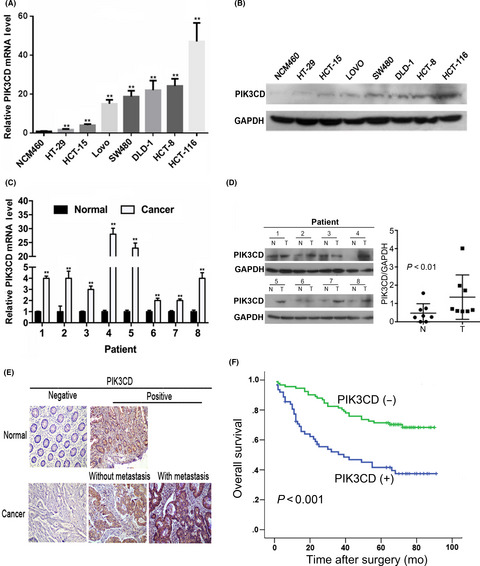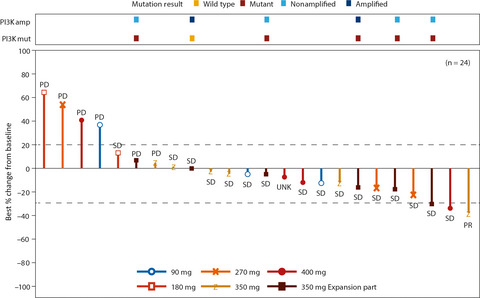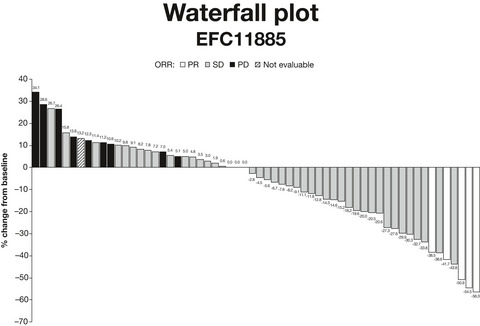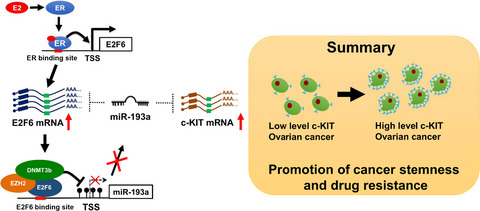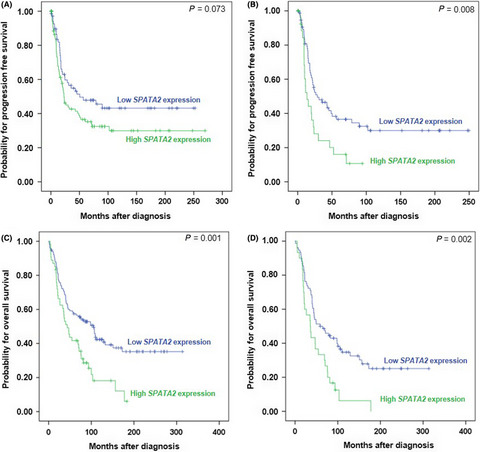Journal list menu
Export Citations
Download PDFs
ISSUE INFORMATION
Issue Information
- Pages: 837-839
- First Published: 04 March 2019
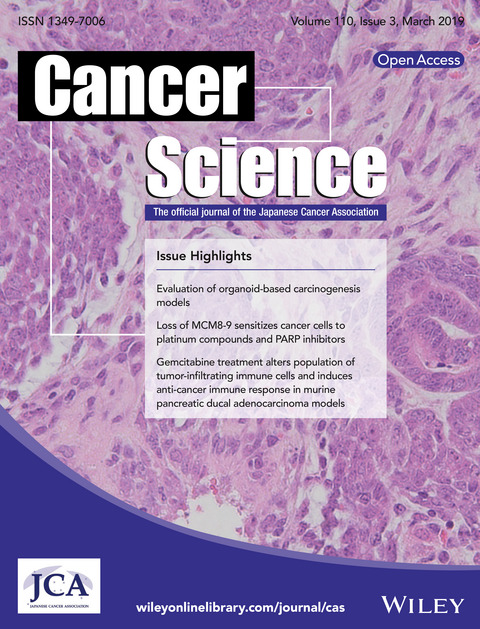
Cover of this issue. Mouse Wilms' tumor model established by in vivo genome editing using an inducible Cas9 platform. See also Jo et al. (pp. 926–938 of this issue).
IN THIS ISSUE
In this Issue : Volume 110, Issue 3, March 2019
- Page: 840
- First Published: 04 March 2019
REVIEW ARTICLES
Roles of EphA1/A2 and ephrin-A1 in cancer
- Pages: 841-848
- First Published: 18 January 2019
Maintenance of long remission in adult T-cell leukemia by Tax-targeted vaccine: A hope for disease-preventive therapy
- Pages: 849-857
- First Published: 22 January 2019
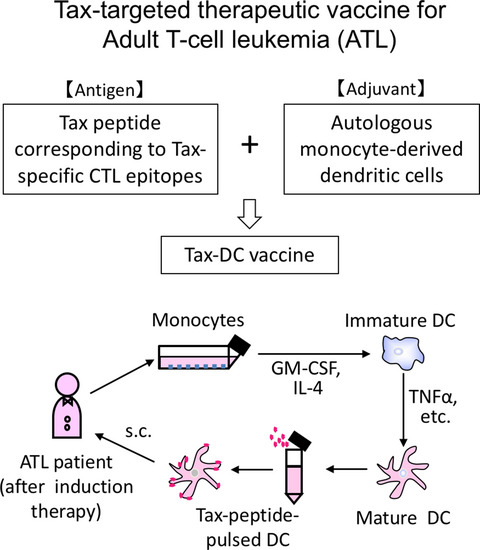
Although adult T-cell leukemia (ATL) is known to be resistant to chemotherapy, recent therapeutic approaches including hematopoietic stem cell transplantation, mogamulizumab and lenalidomide improved prognosis of ATL, all of which act through host immunity. More recently, a clinical study of novel anti-ATL therapeutic vaccine targeting human T-cell leukemia virus type 1 Tax was carried out in Japan for the first time with promising clinical outcomes. This review proposes a new concept of immunotherapy in ATL, by dissecting underlying mechanisms.
Shortcuts to intestinal carcinogenesis by genetic engineering in organoids
- Pages: 858-866
- First Published: 13 January 2019
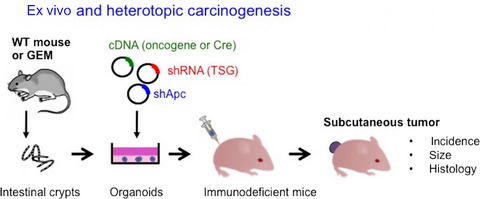
The recent development of the organoid culture technique has enabled long-term propagation of intestinal stem cells in a physiological setting. Using in vitro gene transduction in intestinal organoids, it was shown that inactivation of Apc gave rise to subcutaneous tumors upon inoculation in immunodeficient mice, recapitulating multi-step colorectal tumorigenesis. Because of their simplicity and utility, organoid-based carcinogenesis models are likely to become powerful tools in cancer research.
ORIGINAL ARTICLES
BASIC AND CLINICAL IMMUNOLOGY
Significant differences in T cell receptor repertoires in lung adenocarcinomas with and without epidermal growth factor receptor mutations
- Pages: 867-874
- First Published: 24 December 2018
Optimal therapeutic strategy using antigen-containing liposomes selectively delivered to antigen-presenting cells
- Pages: 875-887
- First Published: 10 January 2019
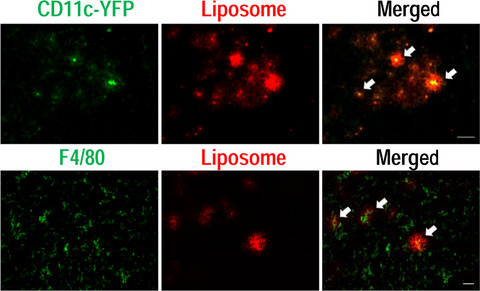
In the current study, we describe a strategy entailing particulate antigen-encapsulating PEG-modified large sized liposomes as an antigen protein delivery device. In the nanoparticle delivery approach, the function of encapsulated particulate antigen-capturing dendritic cells in vivo would be a key to demonstrate an efficient antitumor response.
Soluble factors derived from neuroblastoma cell lines suppress dendritic cell differentiation and activation
- Pages: 888-902
- First Published: 10 January 2019
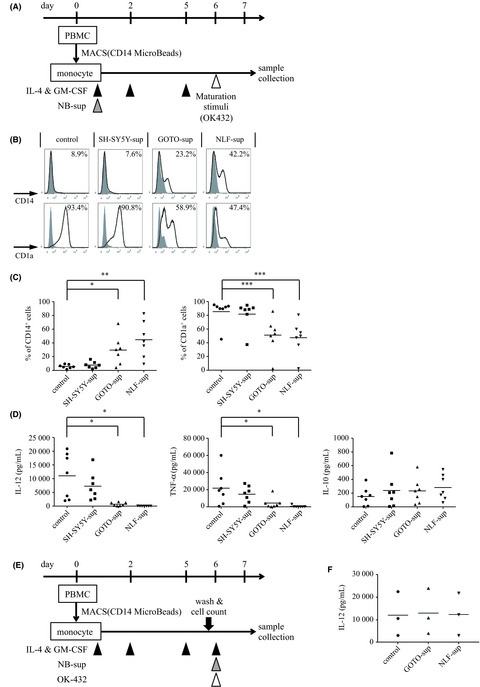
Treatment with NLF-sup and GOTO-sup induces the secretion of IL-6 and IL-10 by monocytes and generates tolerogenic DCs. Tolerogenic DCs secrete little IL-12 and TNF-α after maturation stimuli and have a decreased ability to activate iNKT cells. Furthermore, NLF-sup-treated DCs elevate CD40 expression and increase IL-12 production by addition of IFN-γ, and the interactions between iNKT cells and αGalCer-pulsed DCs have the potential to recover the immunosuppression of tolerogenic DCs.
Distinct chemotherapy-associated anti-cancer immunity by myeloid cells inhibition in murine pancreatic cancer models
- Pages: 903-912
- First Published: 18 January 2019
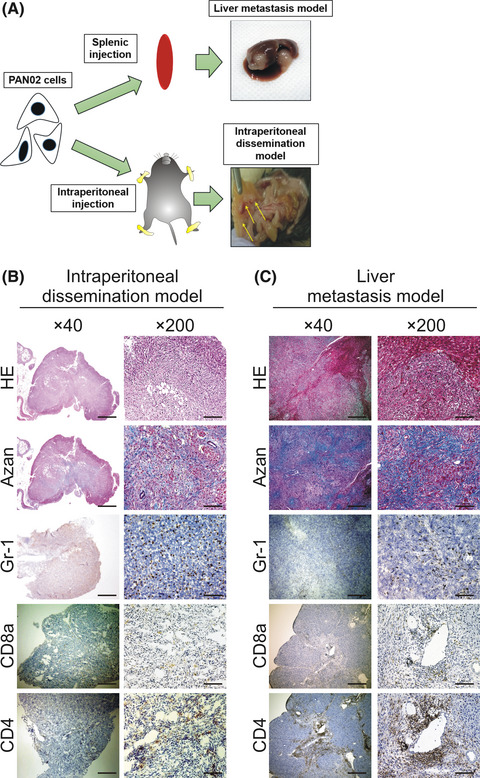
We established the murine pancreatic ductal adenocarcinoma (PDAC) models to understand the host immune responses of PDAC affected by chemotherapy. In PDAC murine models, GEM treatment was associated with an immune response consistent with an anti-cancer effect. Furthermore, depletion of myeloid-lineage cells played an important role in enhancing anti-cancer immunity associated with GEM treatment.
CARCINOGENESIS
DANCR-mediated microRNA-665 regulates proliferation and metastasis of cervical cancer through the ERK/SMAD pathway
- Pages: 913-925
- First Published: 24 December 2018
Platforms of in vivo genome editing with inducible Cas9 for advanced cancer modeling
- Pages: 926-938
- First Published: 26 December 2018
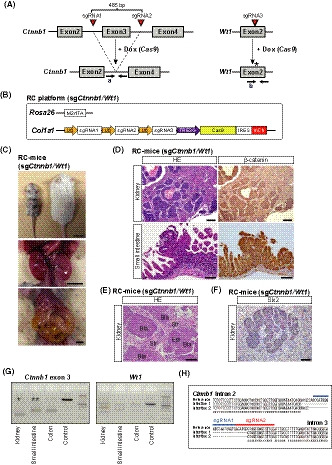
The platform readily achieved efficient conditional genome editing with minimal leak both in vitro and in vivo. We succeeded to model Wilms’ tumor and the progression of intestinal adenomas with multiple mutations including an activating mutation with a large genomic deletion. The platform should make complicated disease modeling in the mouse easily attainable, extending the range of in vivo experiments.
p53/Lactate dehydrogenase A axis negatively regulates aerobic glycolysis and tumor progression in breast cancer expressing wild-type p53
- Pages: 939-949
- First Published: 07 January 2019
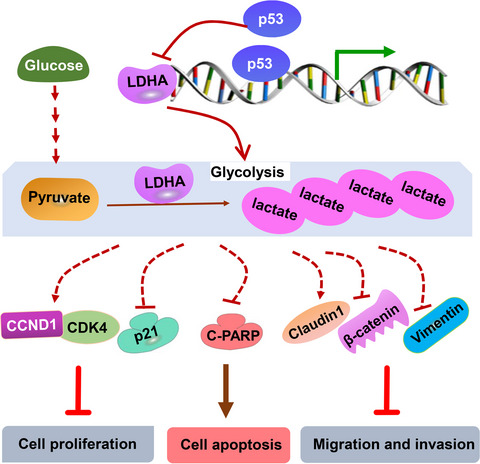
In the present study, we analyzed the association and clinical significance of wt-p53 and LDHA expression in breast cancer with wt-p53 expression and explored the mechanism of p53 regulation of LDHA at the transcription level. Furthermore, we carried out rescue experiments to identify the functional role and molecular mechanism of wt-p53 and LDHA in breast cancer in vitro and in vivo. In summary, our findings show that p53 can directly regulate the expression of LDHA at the transcriptional level to control aerobic glycolysis, cell growth and invasion in breast cancer.
Bazedoxifene exhibits growth suppressive activity by targeting interleukin-6/glycoprotein 130/signal transducer and activator of transcription 3 signaling in hepatocellular carcinoma
- Pages: 950-961
- First Published: 16 January 2019
REV7 confers radioresistance of esophagus squamous cell carcinoma by recruiting PRDX2
- Pages: 962-972
- First Published: 18 January 2019
LncRNA MIR22HG inhibits growth, migration and invasion through regulating the miR-10a-5p/NCOR2 axis in hepatocellular carcinoma cells
- Pages: 973-984
- First Published: 25 January 2019
CELL, MOLECULAR, AND STEM CELL BIOLOGY
Epithelial-mesenchymal transition via transforming growth factor beta in pancreatic cancer is potentiated by the inflammatory glycoprotein leucine-rich alpha-2 glycoprotein
- Pages: 985-996
- First Published: 21 December 2018
PIK3CD induces cell growth and invasion by activating AKT/GSK-3β/β-catenin signaling in colorectal cancer
- Pages: 997-1011
- First Published: 08 January 2019
CLINICAL RESEARCH
KEYNOTE-025: Phase 1b study of pembrolizumab in Japanese patients with previously treated programmed death ligand 1–positive advanced non–small-cell lung cancer
- Pages: 1012-1020
- First Published: 07 January 2019
Phase I study of alpelisib (BYL719), an α-specific PI3K inhibitor, in Japanese patients with advanced solid tumors
- Pages: 1021-1031
- First Published: 26 December 2018
Phase II trial of aflibercept with FOLFIRI as a second-line treatment for Japanese patients with metastatic colorectal cancer
- Pages: 1032-1043
- First Published: 18 January 2019
DRUG DISCOVERY AND DELIVERY
Inhibiting the MCM8-9 complex selectively sensitizes cancer cells to cisplatin and olaparib
- Pages: 1044-1053
- First Published: 16 January 2019
Nitric oxide inhibits autophagy and promotes apoptosis in hepatocellular carcinoma
- Pages: 1054-1063
- First Published: 18 January 2019

Nitric oxide level was significantly higher in HBV-related HCC. The source of NO at least partially attributed to the expression of iNOS and eNOS, but not nNOS in liver tissue. By disrupting Beclin 1/hVps34 association and increasing Bcl-2/Beclin 1 interaction, NO regulates autophagy and apoptotic cell death during HCC.
Pharmacologic characterization of fluzoparib, a novel poly(ADP-ribose) polymerase inhibitor undergoing clinical trials
- Pages: 1064-1075
- First Published: 21 January 2019
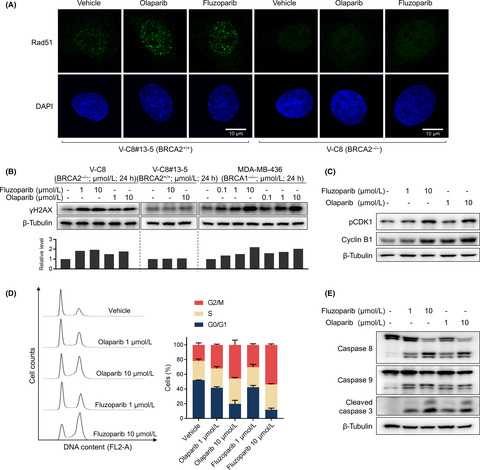
Fluzoparib, a novel and potent PARP inhibitor undergoing phase II clinical trials, displays favorable pharmacokinetic properties and superior in vivo antitumor activity compared with olaparib. For the first time, we discover that fluzoparib in combination with apatinib and paclitaxel elicits significantly improved antitumor responses without extra toxicity. Based on this finding, a phase I study has been initiated.
EPIDEMIOLOGY AND PREVENTION
Population-based cohort study on health effects of asbestos exposure in Japan
- Pages: 1076-1084
- First Published: 07 January 2019
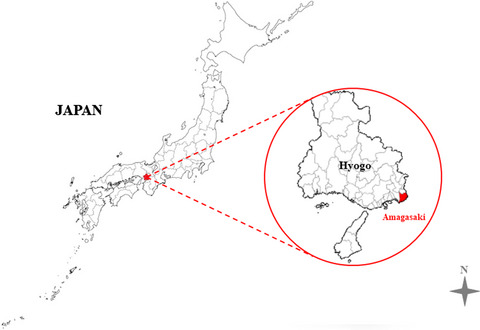
Our paper provides an investigation on the cause-specific mortality among the residents in a unique urban area where asbestos-related factories were concentrated in Japan. The excess mortality due to mesothelioma suggests the impact of occupational asbestos exposure in men and nonoccupational asbestos exposure in women in the cohort.
GENETICS, GENOMICS, AND PROTEOMICS
E2F6 functions as a competing endogenous RNA, and transcriptional repressor, to promote ovarian cancer stemness
- Pages: 1085-1095
- First Published: 24 December 2018
Differential regulation of CpG island methylation within divergent and unidirectional promoters in colorectal cancer
- Pages: 1096-1104
- First Published: 13 January 2019
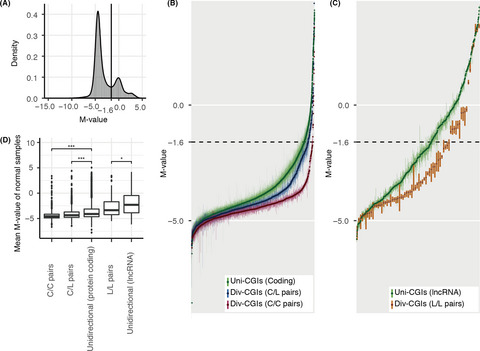
In this study, we revealed that the extent of promoter methylation was different depending on the arrangement of genes using DNA methylation data of 119 colorectal cancer specimens. Divergent promoters were hypomethylated compared to unidirectional promoters. The provide data is essential for the understanding of the carcinogenic mechanism.
ZNF671 DNA methylation as a molecular predictor for the early recurrence of serous ovarian cancer
- Pages: 1105-1116
- First Published: 11 January 2019
INFLAMMATION AND VIROLOGY
Tumor necrosis factor receptor modulator spermatogenesis-associated protein 2 is a novel predictor of outcome in ovarian cancer
- Pages: 1117-1126
- First Published: 30 January 2019




